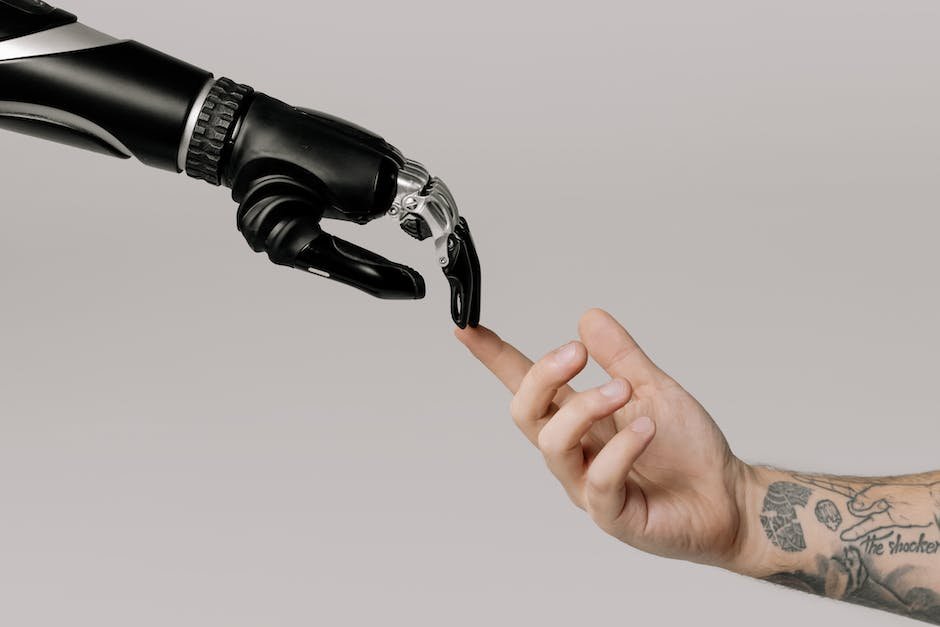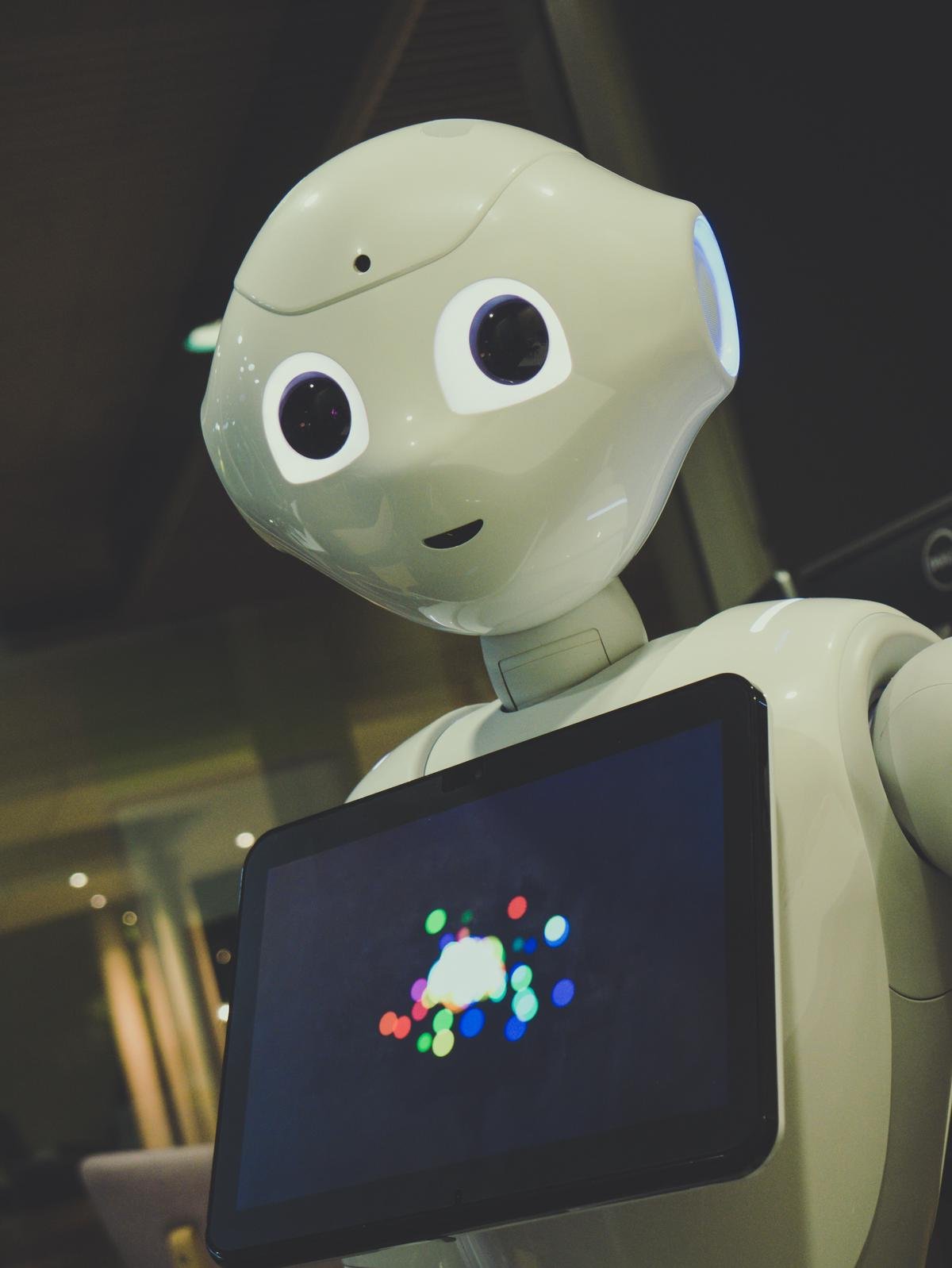The dawning of the Artificial Intelligence (AI) era marks a watershed moment in the evolution of the workplace, initiating both subtle shifts and radical transformations across various sectors. As AI tools like ChatGPT gain prominence, the integration of sophisticated algorithms is not only redefining task automation, but it is also sculpting a new paradigm for decision-making, employee development, and the very fabric of Human Resources management. This essay embarks on a comprehensive journey through the vast landscape altered by AI, from the meticulous automation of monotonous tasks to the strategic heights of organizational decision-making. At the heart of this exploration is a quest to understand how AI is simultaneously a powerful tool in the hands of workers and a catalyst for a revolution in required skillsets, training methodologies, and the overarching structure of employment itself.
The Transformation of Task Automation
The Advent of AI in Workplace Task Automation
The landscape of task automation within the work environment is undergoing a substantial transformation, predominantly owing to advancements in artificial intelligence (AI). The ceaseless progressions in machine learning algorithms and data processing have heralded a new epoch where AI systems are capable of performing tasks with precision and efficiency previously attainable only by human effort.
AI-driven automation encompasses a broad spectrum of applications, from straightforward procedural duties to intricate decision-making processes. For instance, rudimentary tasks such as data entry and appointment scheduling have been streamlined through AI, garnering immense time savings and enhancing data accuracy. These benefits result not merely from mechanization but from the AI’s capacity to learn and adapt to varying contexts and patterns over time.
Beyond mere repetition and organization, AI’s capabilities extend to more complex operations such as customer service management. Chatbots powered by natural language processing can interpret and respond to customer inquiries in real-time, offering a level of interaction that rivals – and sometimes surpasses – human customer representatives. This improves response times and customer satisfaction while reducing the human labor required for customer support roles.
In industries reliant on data analysis, AI algorithms perform not only the laborious extraction of insights from large datasets but do so with a swiftness and sophistication that is unattainable by human analysis alone. This role of AI in data-driven decision making serves to augment human expertise, enabling more informed and rapid strategic decisions within the workplace.
Yet, it is critical to recognize that AI in task automation is not a replacement for human labor, but rather a complement that augments human abilities and efficiency. AI systems handle monotonous and exacting tasks that could lead to human error, thus allowing human workers to focus on creative, strategic, and interpersonal tasks that machine intelligence cannot easily replicate. The symbiosis between AI and human laborers creates a more dynamic and productive work environment.
Additionally, concerns about AI and its implications on employment have sparked significant discourse. The integration of AI in task automation engenders a requisite for employees to develop new skills that harmonize with the evolving technological landscape, thereby ensuring their adaptability and relevance in the automated workplace of tomorrow.
As AI technology evolves, it promises to reshape the foundational structure of workplace task management, fostering innovative solutions to traditional challenges and instituting new paradigms for productivity and efficiency. It is the very manifestation of a new age of technologically facilitated enterprise.
Thus, the shaping of task automation by AI in the workplace is not merely a technological revolution but signifies a transformative era for human labor, workplace structure, and business strategy, driven by the pursuit of ceaseless innovation and excellence.

Enhancement of Decision-Making Processes
Artificial intelligence (AI) has the potential to redefine organizational decision-making through predictive analytics and enhanced judgment.
One of the core qualities of AI is its capability to sift through immense datasets swiftly and with high precision.
Traditional methods of data analysis by human operatives are labor-intensive and time-consuming.
AI algorithms, however, can aggregate data from various sources and quickly identify patterns and insights that might not be immediately obvious to even the most skilled analysts.
Decision-making in organizations often involves a considerable measure of forecasting—predicting market trends, customer behavior, and even anticipating potential risks.
AI systems excel in forecasting tasks by employing sophisticated predictive modeling techniques.
These systems can process historical data to forecast future occurrences with increased accuracy, thereby allowing organizations to make more informed decisions.
Moreover, AI can add a layer of unbiased decision-making.
Human decisions are subject to cognitive biases, overconfidence, preference for the familiar, and emotional influence.
AI, devoid of such biases, evaluates decisions based on empirical data rather than subjective judgments.
This introduces a level of objectivity that can further heighten the rationality of strategic choices.
To aid decision-making, AI can also provide scenario analysis through advanced simulation techniques.
By modeling various possible outcomes based on different inputs and decisions, AI empowers decision-makers to visualize the ramifications of their choices before implementation.
This type of simulation is invaluable in strategic planning, resource allocation, and risk management.
Furthermore, AI can help in real-time decision-making, which is particularly advantageous in dynamic environments where rapid response is critical.
AI-driven systems can continuously learn and adapt to changing conditions, offering recommendations as situations develop, thus ensuring that decisions are timely and relevant.
Finally, AI saves an organization’s most valuable resource: time.
The automation of routine decision-making tasks allows human employees to focus on more complex, creative, or strategic tasks that require the nuanced understanding and emotional intelligence that AI does not have.
AI’s potential to enhance decision-making in organizations is significant.
The calibration of AI systems to align with organizational goals, ethical considerations, and regulatory standards is, therefore, a crucial step toward harnessing this potential to its fullest extent.
This guarantees that AI serves its designated role efficiently, ethically, and in harmony with the broader objectives of the organization.
The integration of AI into decision-making processes is not merely a matter of technology adoption but a strategic transformation that necessitates thoughtfully planned change management.
With the right approach, the synergistic partnership between AI and human expertise can lead to unparalleled organizational efficiency, agility, and competitiveness in an era of rapid change.

Implications for Employee Skillset and Training
Artificial Intelligence: Forging New Frontiers in Employee Skills Development and Training
In the current digital epoch, the emergence of Artificial Intelligence (AI) as a trenchant force in the labor market compels a rigorous examination of its consequences on workforce development. With the automation of routine tasks, the contemporary employee must now be re-equipped with a cluster of skills that not only harmonize with AI but also leverage its advanced capabilities to drive productivity and innovation. As AI evolves into an indispensable resource within various sectors, the question of how it reconfigures employee skillsets and the nature of training becomes exigent.
Considering the aforementioned integration of AI across industries, there is an acute necessity to adapt educational and training methodologies. This encompasses formulating curricula that interlace AI literacy with domain-specific knowledge. Traditional educational approaches, which once lauded memorization and routine procedural tasks, stand ill-equipped for the current trajectory. Instead, a pedagogical shift is necessitated, directed toward fostering critical thinking, creativity, and the understanding of complex systems, all underpinned by a robust digital competence.
Concurrently, employers are recognizing that the capacity for human employees to work symbiotically with AI systems is hinged on their ability to interpret and oversee AI outputs. AI models, transcendent in their ability to analyze data and identify patterns, still depend on human oversight for context, ethical arbitration, and the application of nuanced judgment. Therefore, upskilling initiatives are mandated to encompass data literacy and the basic principles of machine learning, enabling employees to effectively collaborate with AI tools, interrogate their inferences, and shape strategies informed by AI-driven insights.
In light of these developments, workplace training is swiftly pivoting towards continuous learning paradigms. The exponential advancement in AI applications implies that the shelf-life of skills is diminishing, thus instituting an evergreen model of learning as essential for career longevity. Furthermore, the facilitation of this lifelong learning is assisted by AI itself through personalized training programs, adaptative learning platforms, and virtual simulations, which are tailored to the skills and pace of individual learners.
Another vital facet of the evolving skillset is the emphasis on soft skills. Paradoxically, as machines inherit the undertaking of more analytical tasks, human-centric skills like emotional intelligence, empathy, and interpersonal communication burgeon in importance. Contrasting with the procedural prowess of AI, these distinctly human attributes underpin the roles that defy automation. Therefore, training programs are progressively integrating experiential learning that fortifies these abilities, recognizing that they are seminal in fostering innovation, teamwork, and customer engagement.
In closing, the proliferation of AI across the vocational landscape necessitates a transformative model of skills development and training. Bridging the skills gap introduced by AI will require that organizations and educational institutions collaborate to prepare a workforce that is both agile and conversant with AI. By facilitating a symbiosis between human intellect and artificial faculties, entities can harness the full potential of their workforce in harmony with the sophisticated technology upon which the future economic paradigm is being constructed.

Photo by imansyahmp on Unsplash
AI and Human Resources Management
Enhancing Recruitment and Candidate Experience through AI
Artificial Intelligence’s (AI) influence on Human Resources Management extends significantly into the realms of recruitment and the overall candidate experience. Traditional hiring processes, often arduous and time-consuming, are undergoing a monumental transformation as AI intervenes to streamline and personalize the recruitment journey.
AI-powered recruiting tools are now able to sift through resumes with a level of acumen that far surpasses manual sorting. These tools can quickly analyze vast numbers of applications, identifying the most suitable candidates based on skills, experience, and potential cultural fit. By automating the initial screening process, AI not only expedites hiring but also helps reduce unconscious biases that might influence candidate selection.
Moreover, AI-driven chatbots are reshaping candidate engagement, providing timely responses and addressing inquiries with remarkable efficiency. These virtual assistants offer a consistent line of communication between the recruiter and the potential employee, ensuring candidates remain informed and their experience remains positive.
To further customize the recruitment process, AI technologies can now predict candidate success through sophisticated analyses of employment history and performance data. This predictive capability enables more informed hiring decisions, optimizing team composition and forecasting individual performance within the company.
Transitioning into the onboarding phase, AI facilitates a smooth integration of new hires into organizational culture and workflows. Digital onboarding platforms, powered by AI, deliver tailored learning experiences, ensuring newcomers acclimate quickly and effectively. By monitoring progress, these systems adapt in real time to the pace and learning style of each individual, providing an onboarding experience that is both efficient and user-centric.
AI also plays a pivotal role in retention strategies by analyzing employee data to identify patterns that may lead to dissatisfaction or turnover. With access to insights on engagement levels, performance trends, and other key metrics, HR professionals can proactively address issues and foster a harmonious and productive work environment.
It is clear that AI is not merely an operational tool but a strategic partner in redefining Human Resources Management. By enhancing recruitment processes and enriching the candidate experience, AI is setting a new standard for efficiency and personalization in the HR domain, allowing human resources professionals to concentrate on the more nuanced aspects of talent management and strategic development.
In conclusion, the evolutionary path AI is paving within Human Resources is marked by profound efficiencies and a more human-centric approach to recruitment and workforce management. The integration of AI in HR processes is not a narrative of displacement but one of empowerment, driving towards a harmonious future where technology and humanity advance in tandem to cultivate dynamic, supportive, and innovation-driven workplaces.

Photo by owenbeard on Unsplash
The Future of Work: AI Collaborative Models
In the domain of Human-AI collaborative models, we can anticipate an evolution of interactive AI systems designed to enhance group problem-solving and innovation. Artificial intelligence algorithms are being developed with the capability to analyze the tonality, sentiment, and content of human communications, allowing these systems to contribute constructively to brainstorming sessions and creative meetings.
Furthermore, there is an expected rise in the adoption of augmented reality (AR) and virtual reality (VR) environments that are AI-enabled, allowing for virtual workspaces where humans and AI can interact seamlessly. These immersive platforms can simulate real-world scenarios, providing a testbed for complex problem-solving in areas such as engineering, healthcare, and urban planning. Within these virtual environments, AI can provide instant data analysis, predictive modeling, and run through innumerable simulations to support human decision-making.
An emergent field to watch is the interplay between AI and human empathy in customer service and care industries. As emotional recognition AI continues to advance, these systems can monitor customer satisfaction, adapt responses, and even preemptively address issues before they arise; however, they will operate alongside humans who provide the nuanced understanding and relational continuity that machines have yet to achieve.
Collaborative robotics, or co-bots, are also poised to work side by side with human workers in various industries. Unlike traditional robots, co-bots are designed with safety and interaction in mind, capable of learning from and adapting to the human movements and workflows.
One of the most anticipated developments is the implementation of AI in assisting with ethical decision-making. By drawing on vast case law databases, historical precedents, and regulatory requirements, AI can provide a framework for ethical considerations, but the final judgment will always rest upon human rationale and moral principles, ensuring that AI recommendations adhere to societal values.
Last
ly
, as we look to the horizon, the collaboration between AI and humans will extend beyond the workplace into global challenges such as climate change, where AI can process environmental data at an unprecedented scale, providing insights and modeling outcomes for human experts to take informed actions towards sustainability.As these models mature, the paramount focus remains on leveraging AI to improve human capabilities and welfare, ensuring that this symbiotic relationship advances societal progress with foresight and humanity at its core.

As we scan the horizon for the future of work, the tale told by emerging AI collaborative models is one of harmony and innovation, rather than displacement and obsolescence. The synergy between human workers and intelligent machines ushers in a novel era of efficiency and opportunity, necessitating new frameworks for cooperation that can harness the strengths of both entities. With AI firmly embedded in the workplace, the transformative journey promises to be as challenging as it is exciting, propelling us towards a future where technology and human ingenuity amalgamate to unlock unprecedented potentials.




